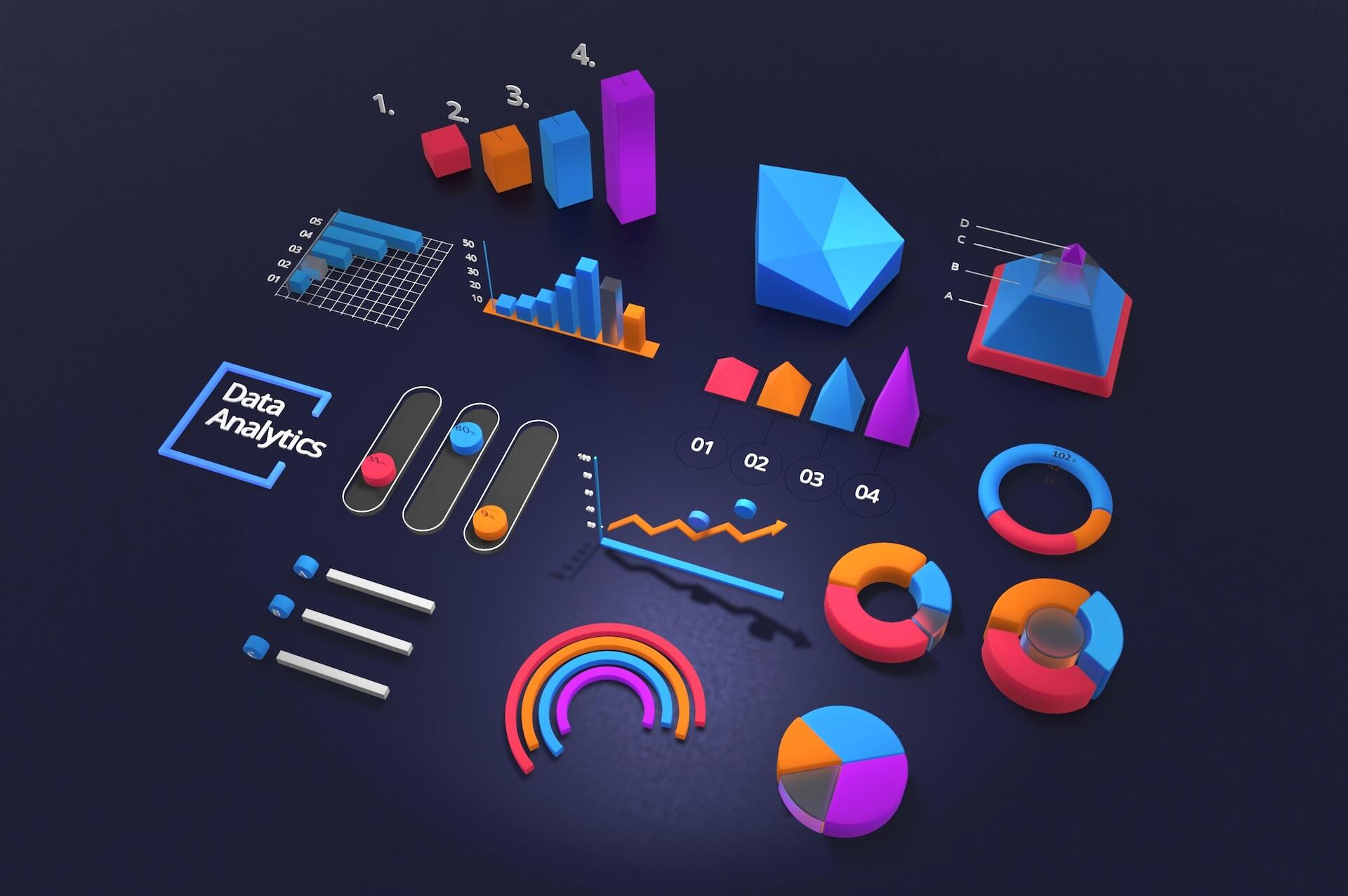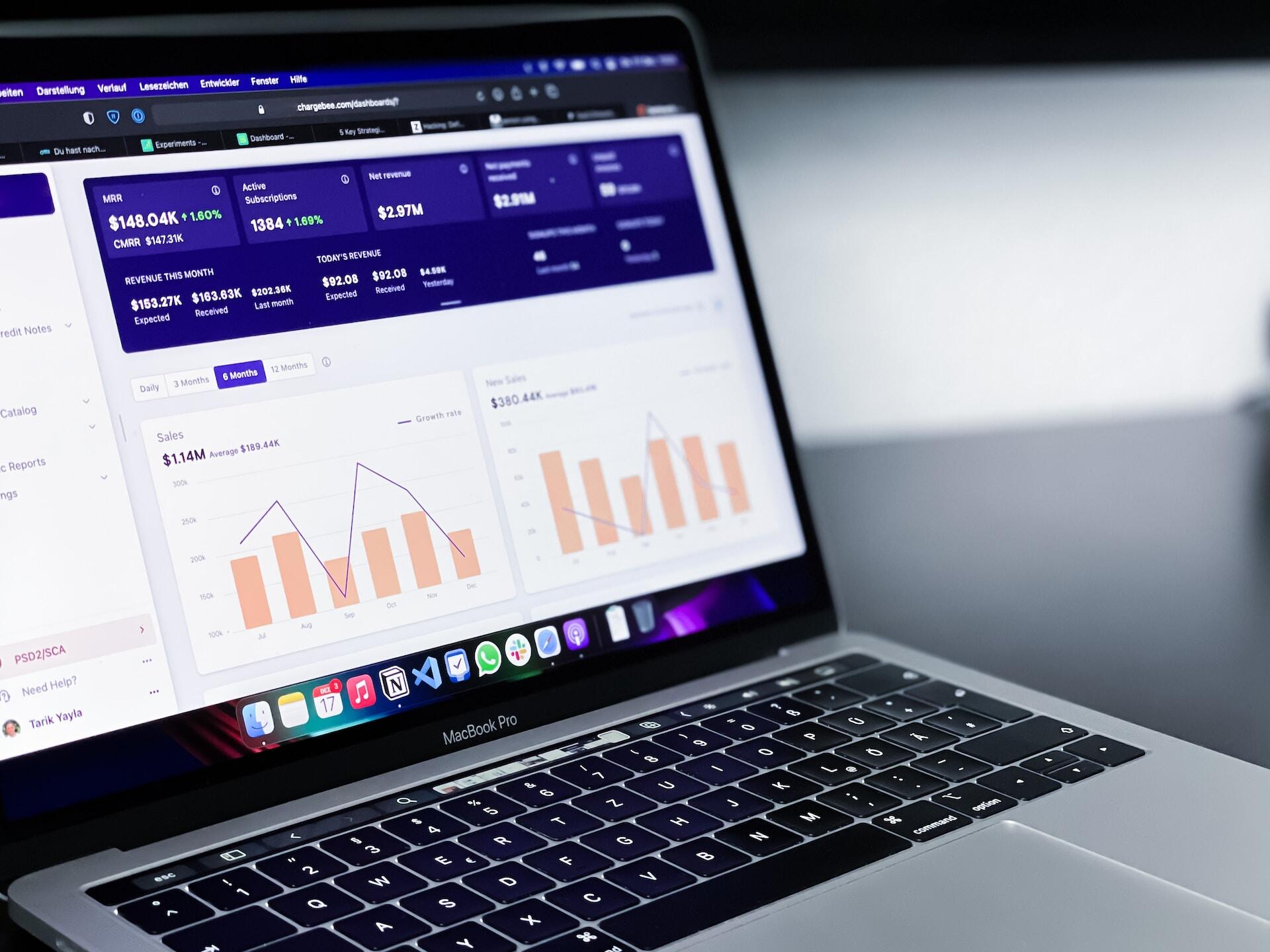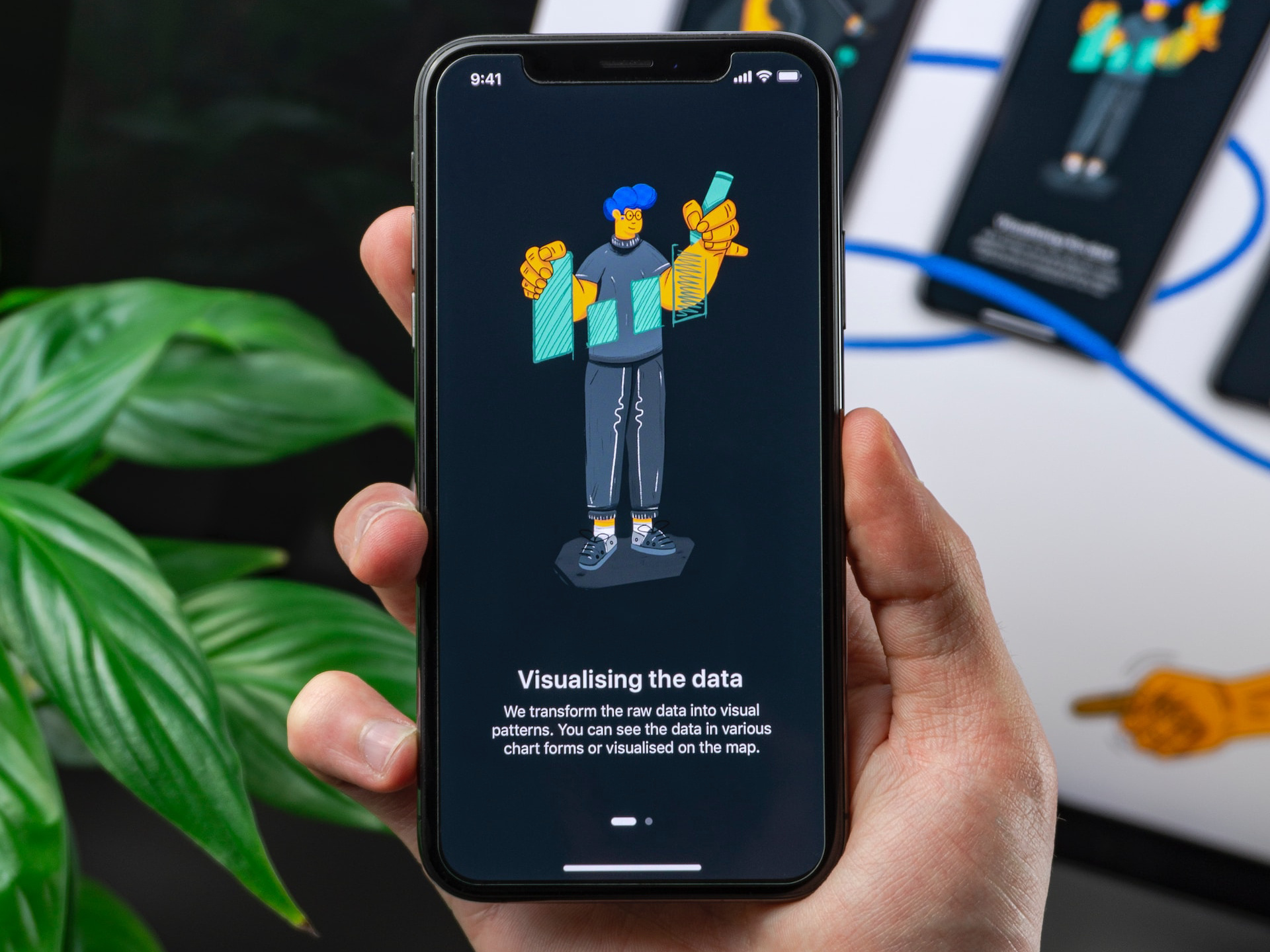The integration of data visualization into the sphere of sales management, particularly within the B2B market, marks a pivotal evolution in how businesses interpret, utilize, and leverage data for strategic advantage. This transformation, fueled by advancements in technology and analytical methodologies, has redefined the landscape of sales strategies and operations.
Data visualization, traditionally a tool for presenting information in an easily digestible format, has undergone a radical transformation in the digital era. In the context of sales management, especially in B2B markets, it has evolved from simple charting techniques to sophisticated, interactive dashboards and predictive analytics models. This shift is largely attributable to the exponential growth in data volume and the complexity of sales processes in the digital age. As businesses in the B2B sector grapple with increasingly intricate datasets, the demand for more advanced data visualization tools and techniques has surged.
Historically, sales data in the B2B market was limited in scope and complexity. Simple spreadsheets and basic graphical representations sufficed for analyzing sales trends and customer behavior. However, with the advent of Big Data and advanced analytics, the landscape changed dramatically. Sales data now encompasses a multitude of variables, from customer interactions across multiple digital platforms to intricate sales funnel metrics. This expansion in data complexity necessitated a corresponding evolution in data visualization tools and techniques.
The integration of artificial intelligence and machine learning into data visualization tools marks another significant milestone in this evolution. These technologies have enabled the development of dynamic visualizations that not only report on past and present sales performance but also predict future trends. In the B2B sector, where sales cycles are longer and more complex, this predictive capability is invaluable. It allows sales managers to anticipate market changes, understand customer behavior more deeply, and make more informed strategic decisions.
Furthermore, the shift towards more collaborative and interconnected business environments in the B2B realm has amplified the importance of data visualization. The ability to present complex data in an accessible format is crucial for cross-departmental collaboration and decision-making. Sales teams, marketing departments, and executive leadership must all be able to understand and act on the insights derived from sales data, necessitating a level of clarity and intuitiveness in data presentation that only advanced visualization techniques can provide.
In this content, we will explore these technical advancements and their implications for sales management in the B2B market. From the initial use of basic charting to the adoption of sophisticated, AI-driven visualization tools, we will trace the trajectory of data visualization's evolution and its profound impact on the strategies and success of B2B sales operations.
Introduction to Data Visualization in Sales

Data visualization in sales refers to the process of transforming raw sales data into visual formats, such as charts, graphs, and interactive dashboards. This practice is essential in the sales domain as it converts complex datasets into more accessible, intuitive, and actionable insights. But what exactly does data visualization in sales encompass, and why is it such a pivotal aspect of modern sales strategies?
The Significance of Visual Interpretation of Sales Data
Decision-makers are often inundated with vast amounts of data, including customer demographics, sales figures, market trends, and competitive analysis. Processing this data in its raw form is not only time-consuming but can also lead to misinterpretation or oversight of critical information. Data visualization steps in as a powerful tool to circumvent these challenges, offering a way to see beyond the numbers and grasp complex concepts and relationships within the data quickly.
Visual representations of sales data, such as line graphs showing sales trends over time or heat maps displaying customer distribution geographically, enable sales teams to identify patterns, track progress against targets, and spot potential issues or opportunities that may not be immediately apparent in spreadsheet form.
Enhancing Sales Strategies with Visual Data
Data visualization's role extends beyond mere representation; it is a strategic ally in planning and decision-making. For example, a well-designed sales dashboard can provide a real-time overview of key performance indicators (KPIs), allowing sales managers to make swift, informed decisions. It can also aid in forecasting, helping predict future sales trends based on historical data patterns.
Moreover, in the collaborative settings typical of modern workplaces, data visualization aids in communicating findings and strategies across different departments. A visual format is often more persuasive and comprehensible to diverse audiences, including those who may not have a deep background in data analysis.
Techniques to Visualize Sales Data
The question "How do you visualize sales?" opens up a realm of possibilities in the context of data representation. Visualizing sales data is not just about presenting information; it's about doing so in a way that is insightful, accessible, and actionable. Let's delve into the various techniques and tools that are instrumental in visualizing sales data effectively.
1. Utilizing Diverse Chart Types
- Line Charts: Ideal for tracking sales over time, line charts help in identifying trends and patterns, such as seasonal fluctuations or growth trajectories.
- Bar Graphs: These are useful for comparing sales performance across different products, regions, or sales teams. Vertical bar graphs can effectively display sales volume, while horizontal bars can be used for ranking purposes.
- Pie Charts: While not always the first choice for detailed analysis, pie charts can be effective in showing sales distribution among different categories, like product types or customer segments.
2. Advanced Graphical Representations
- Scatter Plots: Useful for identifying correlations between two variables, such as sales volume and marketing spend.
- Heat Maps: These can visually represent sales density across different geographical regions, highlighting areas of high and low performance.
- Stacked Area Charts: Ideal for displaying the contribution of different products or regions to total sales over time.
3. Interactive Dashboards
Interactive dashboards are a game-changer in sales data visualization. They provide a dynamic interface where users can filter, drill down, and manipulate data to gain different perspectives.
- Customization: Dashboards can be customized to display key metrics relevant to specific roles within the sales team, from frontline sales representatives to senior management.
- Real-time Data: Incorporating real-time data into dashboards allows for immediate insights and quicker response to emerging trends or issues.
- Drill-Down Features: These features enable users to delve deeper into the data, examining the underlying factors contributing to the overall trends.
4. Utilizing Data Visualization Software
There are numerous software tools available that specialize in data visualization. These range from simple charting tools to complex analytics platforms. Some popular tools include:
- Tableau: Known for its powerful and user-friendly interface, Tableau is widely used for creating a wide range of visualizations and dashboards.
- Microsoft Power BI: Integrated well with other Microsoft products, Power BI offers robust data visualization capabilities with a focus on business intelligence.
- Google Data Studio: A free tool that integrates seamlessly with other Google services, making it a good choice for businesses already using Google's ecosystem.
Effective Presentation of Sales Data

It is crucial to consider the principles of clarity, accuracy, and relevance in this case. These are the cornerstones of effective data presentation, ensuring that the information conveyed not only captures attention but also supports informed decision-making. Here, we delve into how these principles can be applied to present sales figures in the most impactful way.
1. Clarity: Simplifying Complex Data
- Streamlined Visuals: Avoid overcrowding your visuals with too much information. Use clean lines, appropriate scales, and readable fonts to make the data easy to understand at a glance.
- Logical Layout: Organize your data logically. For example, if showing sales trends over time, arrange the data chronologically.
- Effective Use of Color: Use color judiciously to highlight key data points or trends without overwhelming the viewer.
2. Accuracy: Representing Data Truthfully
- Scale and Proportion: Ensure that the scales on graphs and charts accurately reflect the data. Misleading scales can distort the viewer's perception of performance.
- Data Integrity: Verify the accuracy of the data being presented. Inaccurate data not only leads to poor decision-making but also undermines trust in future presentations.
- Contextual Data: Include relevant benchmarks or historical data for context, helping viewers understand whether the figures represent positive or negative trends.
3. Relevance: Tailoring Data to the Audience
- Targeted Information: Customize the presentation to suit the needs of the audience. For instance, executives might need high-level summaries, whereas sales managers might require detailed breakdowns.
- Key Performance Indicators (KPIs): Focus on KPIs that are most relevant to your audience's goals and decision-making needs.
- Timeliness: Present the most up-to-date data available to ensure that decisions are based on the current state of affairs.
4. Tools and Techniques for Effective Presentation
- Interactive Dashboards: Use dashboards that allow users to interact with the data, such as filtering or drilling down into specifics, to gain a deeper understanding.
- Data Storytelling: Frame your data within a narrative to make it more engaging and memorable. Tell the story behind the numbers.
- Consistency in Design: Maintain a consistent design across all visuals. This includes using the same color schemes, font styles, and iconography, which aids in creating a cohesive and professional look.
The Imperative of Adopting Data Visualization Tools

Data visualization converts complex data sets into a more understandable and interpretable format. Visual representations like charts and graphs allow decision-makers to grasp intricate patterns, trends, and correlations much faster than through raw data analysis.
Visualization tools also help in uncovering insights that might not be apparent from traditional data analysis methods. By visually representing data, nuances and subtle relationships within the data become more discernible.
In a competitive business landscape, having access to and understanding of detailed analytics can provide a significant edge. Companies that efficiently leverage data visualization tools often stay ahead of market trends and competitor movements.
In this way, the adoption of data visualization tools is no longer a luxury but a necessity in the data-driven business world. These tools not only simplify the interpretation of complex data but also enhance decision-making, improve efficiency, and provide a competitive edge.
As data continues to play a crucial role in business strategies, the importance of effectively visualizing and understanding this data cannot be overstated. For any organization looking to thrive in today's business environment, embracing data visualization tools is a crucial step towards success.
Need help visualizing your data accurately?
Talk to us!




